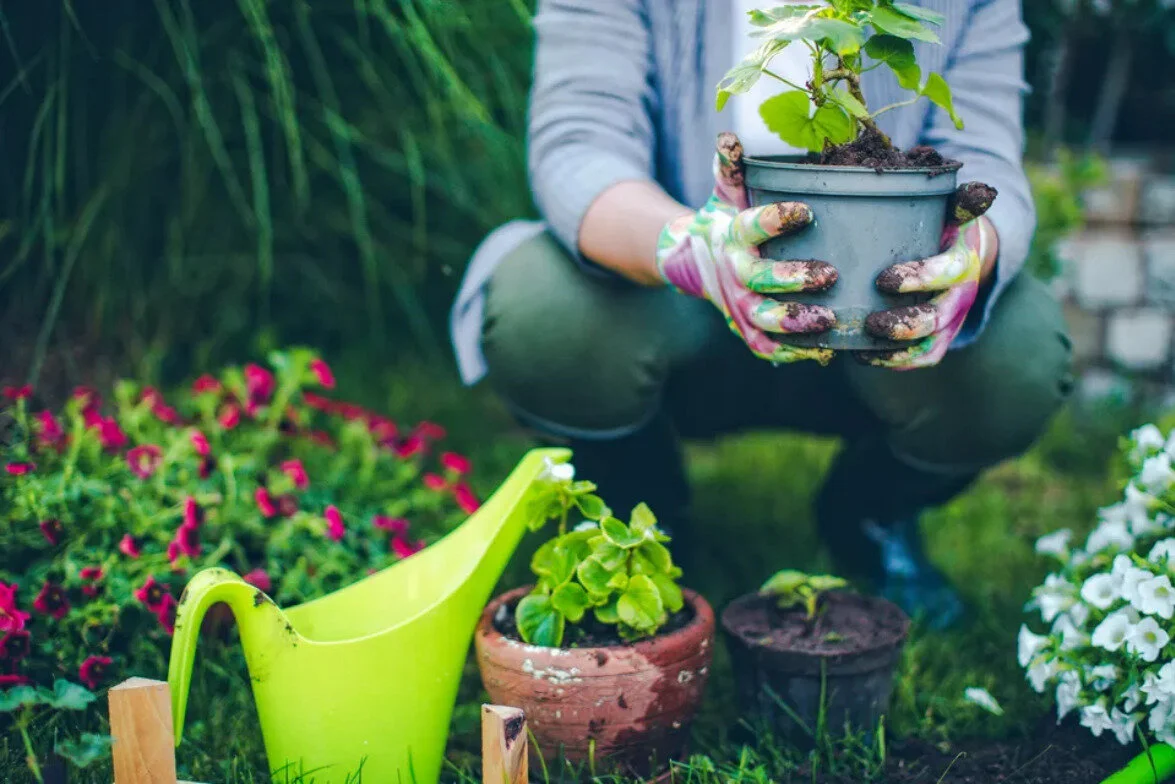Monthly Chores for Each Region
Written by David Beaulieu
June is the culmination of spring in the North, a month friendly to plants and people alike. It is a different matter in the South, where summer takes over and brings with it oppressive conditions for both plants and people. We can't rule out a heatwave in June even in the North, though.
Southern gardeners have to be especially watchful at this time when it comes to insect pests, plant diseases, and drought. Northern gardeners should be watchful for these problems, too, but not to the same degree.
All Regions
Remove suckers from tomato plants.
Prune shrubs that bloom on old wood after they are done flowering.
Be on high alert for insect pests and diseases. These include but are not limited to aphids, asparagus beetles, cabbage worms, cutworms, scale, snails, slugs, leaf spot, mildew, and rust.
Use mature compost or aged manure to side-dress plants.
Prune wisteria after it finishes blooming.
Place row covers or netting over bushes with ripening berries to keep the birds from eating them.
Inspect plants for damage from four-lined plant bugs (Poecilocapsus lineatus).
Inspect trees for nests of bagworms.
Northeast
Most days, it is still pleasant to work in the garden in June. But sudden heatwaves are possible; save beach trips for those days, and perform necessary garden tasks on the cooler days.
Monitor potential June bug (Phyllophaga longispina) damage.
To prevent them from wasting energy on producing seed, deadhead your spring bulbs after they are done blooming. Also, fertilize them. But wait till the leaves have yellowed before trimming them off.
Plant members of the nightshade family outside if you have not already.
Finish sowing seed for annuals outside.
Inspect plants for Japanese beetles (Popillia japonica), including gourds, pumpkins, and squash.

